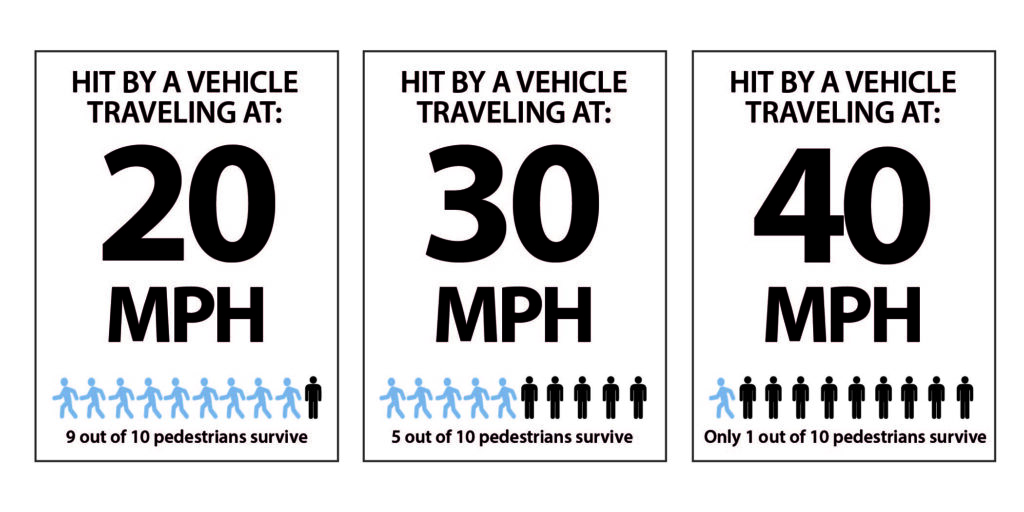Why 20 mph?
Studies have shown that the risk of serious injury and death during a crash decrease significantly between 25 mph and 20 mph. This is particularly true for vulnerable roadway users, such as people walking or biking. Lower speed limits on residential streets support safer travel conditions for everyone using the street and provides a more comfortable environment for bicyclists and pedestrians.

Understanding the dangers of speeding is critical to the 20 is Plenty program. Traveling at a high rate of speed increases the distance it takes for a vehicle to come to a stop for two different reasons. The first is a driver’s reaction time. The faster the speed of a vehicle, the greater the distance it will travel before the driver can begin to react. The second reason is the distance it takes to stop a vehicle in motion. Vehicles traveling at higher speeds take a longer distance to stop.
In addition, drivers traveling at higher rates of speed have a much narrower field of vision than those traveling as slower speeds. This decreased peripheral vision limits their ability to react to what is happening on the road.


